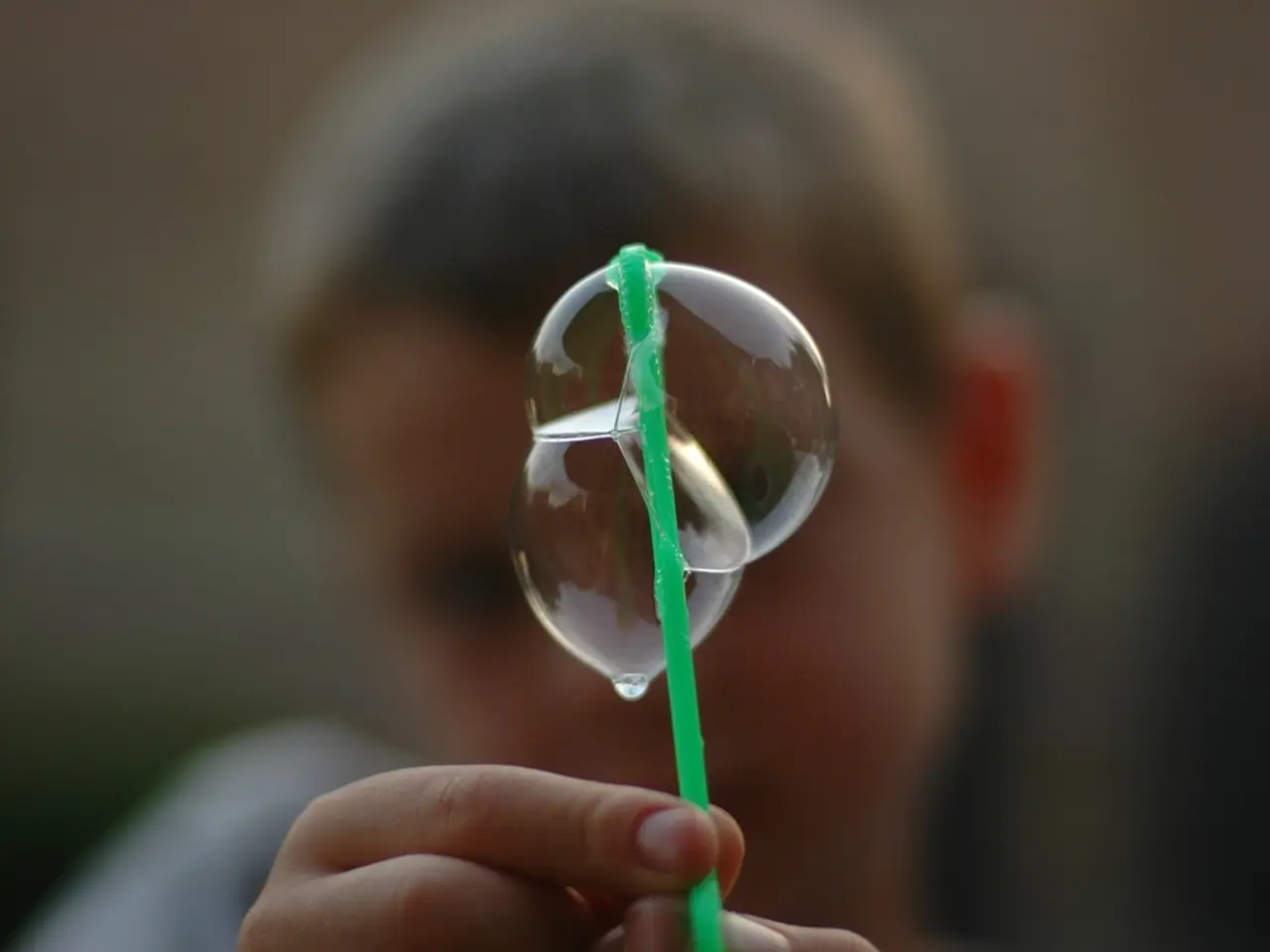Chaos-unraveling theory reveals the mystery behind escalating gas bubbles' behavior
In a groundbreaking discovery, an international research team has found that a theory first proposed by Russian mathematician Andrei Kolmogorov in 1941 also applies to the turbulence caused by rising bubbles in fluids. The team, comprising members from the Helmholtz-Zentrum Dresden-Rossendorf (HZDR), Johns Hopkins University, and Duke University, made this revelation after conducting extensive experiments and developing a new mathematical formula to estimate the energy dissipation rate in bubble-induced turbulence.
The team's experiments provided the first direct experimental evidence that the "Kolmogorov scaling" can occur in bubble-induced turbulence. They investigated four different cases, varying bubble size and gas amount to mimic realistic bubble flows. Interestingly, Kolmogorov scaling was stronger in regions outside the direct wakes of the bubbles. In two of the four cases, the turbulence in the flow largely matched Kolmogorov's small-scale predictions for vortices smaller than the bubbles.
However, the classical "inertial range" of Kolmogorov's scaling laws is more difficult to observe in bubble-induced turbulence due to the instability of larger bubbles. In reality, bubbles of the size required for the classical inertial range to be visible would burst. This finding highlights the complexity of studying bubble-induced turbulence and the need for innovative experimental approaches.
The team used a modern 3D Lagrange tracking method for both bubbles and tiny tracer particles in the surrounding fluid. This method allowed them to observe the intricate dance of bubbles and turbulence in high detail. The experimental setup consisted of an 11.5 cm wide water column with controlled gas bubbles introduced from below.
Understanding the rules behind bubble-induced turbulence is crucial for improving industrial designs and climate models. Bubble-induced turbulence occurs in various places, including carbonated beverages, industrial mixing processes, and the sea. The results of this study could help engineers design bubble-based systems more effectively, such as chemical reactors and wastewater treatment.
This study adds bubble flows to the list of chaotic phenomena where Kolmogorov's 1941 theory proves surprisingly robust. The team's new formula for the energy dissipation rate agrees remarkably well with experimental data, settling a longstanding scientific debate about Kolmogorov scaling in bubble-induced turbulence. Future work could explore how turbulence behaves with more complex bubble shapes, bubble mixtures, or under different gravity or fluid conditions.
Read also:
- Peptide YY (PYY): Exploring its Role in Appetite Suppression, Intestinal Health, and Cognitive Links
- Toddler Health: Rotavirus Signs, Origins, and Potential Complications
- Digestive issues and heart discomfort: Root causes and associated health conditions
- House Infernos: Deadly Hazards Surpassing the Flames








